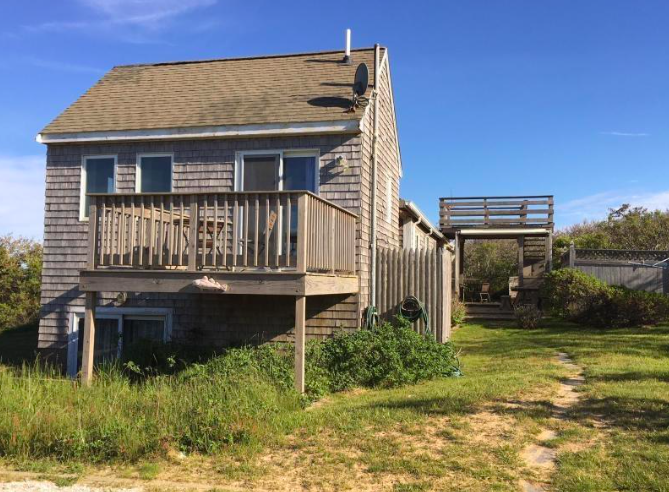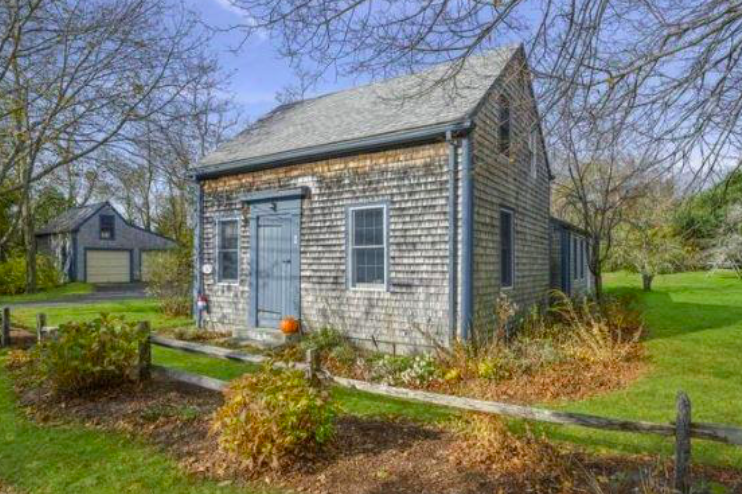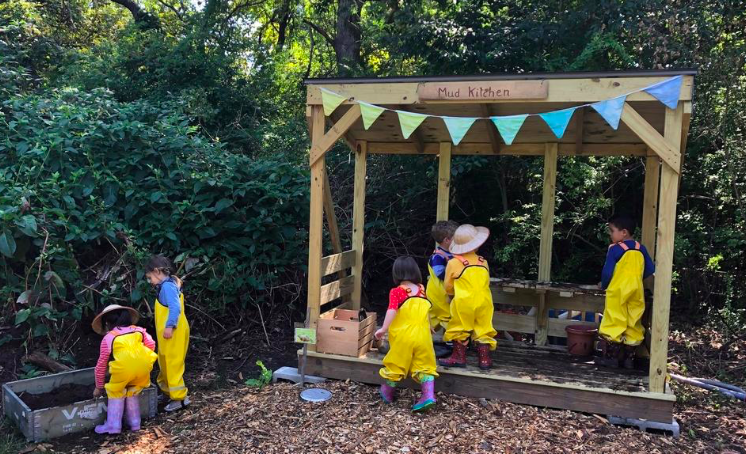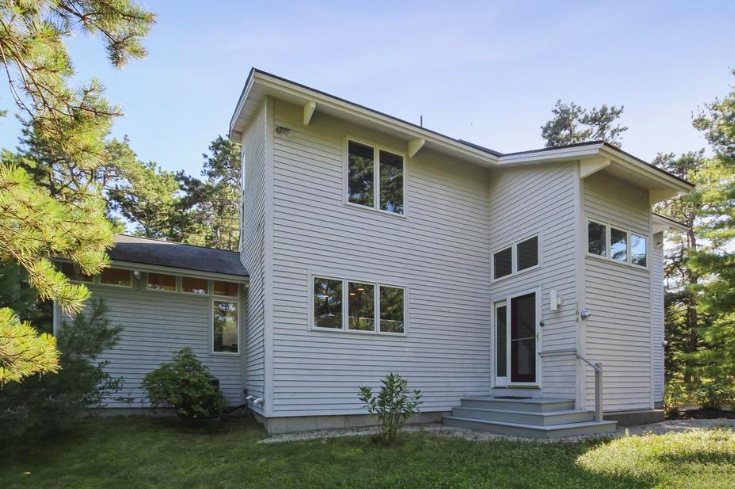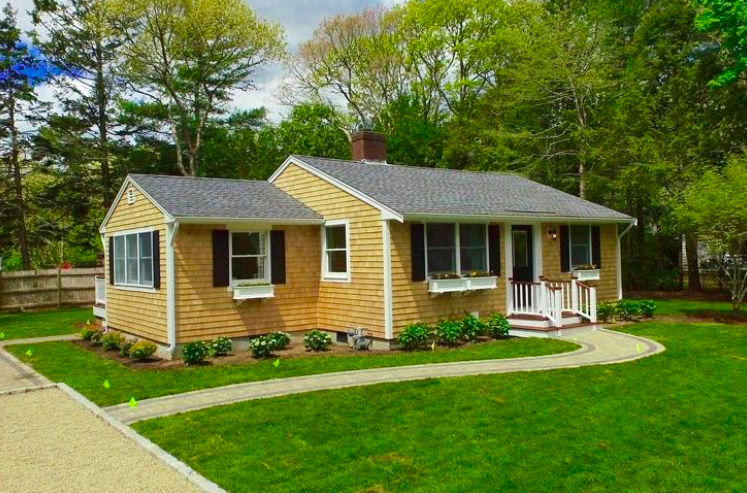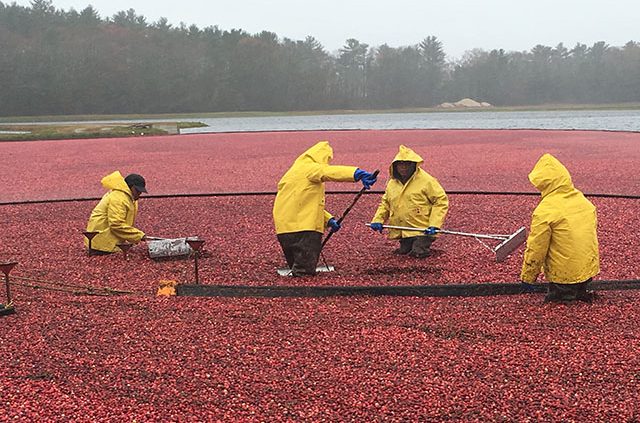Nearby celebrations of springtime that can’t be missed, and a few worth traveling farther to see.
AAA Northeast, March 2, 2020
Spring is springing and flower festivals are in bloom around the country. Here are six that we love.
The New York Botanical Garden Orchid Show
Bronx, N.Y.
February 15-April 19
Known as the country’s premiere exhibition of one of the world’s most exotic flowers, NYBG’s historic Enid A. Haupt Conservatory comes to life in bursts of color from almost every variety of orchid. This year’s 18th Annual Orchid Show highlights the masterful creations of famed floral designer Jeff Leatham. Each gallery provides a different experience of orchids against backdrops of sculpture, overhead arches, dramatic lighting and color – like walking through a living kaleidoscope. On weekends, visitors can participate in orchid Q&As or watch orchid care demos.
A Million Daffodils at the New York Botanical Garden
March through May
At the beginning of spring, Daffodil Hill at NYBG comes to life with hundreds of thousands of yellow and white daffodils. A commemorative project for NYBG’s 125th anniversary in 2016, the mission of Daffodil Hill has been to naturalize one million heirloom varieties, including cultivars dating back to the original 1920s plantings on this very site. Keep up to date with NYBG’s Daffodil Tracker.
Save on NYBG garden passes with AAA member discount.
National Cherry Blossom Festival
Washington, D.C.
March 20-April 12
Taking a stroll under the blooming cherry trees in our nation’s capital feels like a dream. Spanning three different National Park locations, around the Tidal Basin in West Potomac Park, East Potomac Park (Hains Point) and the Washington Monument Grounds, you’ll be captivated by the stunning pink and white canopies of blossoms of more than ten species of cherry trees. The festival commemorates the gift of 3,000 cherry trees to the nation’s capital by Japan in 1912. Festival events include the National Cherry Blossom Parade, a kite festival and the Pink Tie Party to welcome spring.
Muskogee Azalea Festival
Muskogee, Okla.
April 1-30
With fire bursts of vibrant pinks and reds everywhere you look, this is perhaps one of the most beautiful displays of flowering shrubs in the world. Some 30,000 azaleas (with over 600 varieties) bloom each spring, adorning Honor Heights Park in over 40 acres of manicured gardens, high on a hill overlooking the town of Muskogee. This month-long festival features numerous events throughout town, including arts and crafts, live entertainment, a film festival and a wine and food tasting. In addition to amazing azaleas, the stunning, 132-acre Honor Heights Park boasts five lakes, picturesque ponds, a butterfly sanctuary and an arboretum.

Epcot International Flower & Garden Festival
Orlando, Fla.
March 4-June 1
Perhaps the most beloved attractions at Epcot’s famed flower festival are the larger-than-life topiaries of favorite Disney characters: Mickey and Minnie, Anna and Elsa – they are all here, in full, colorful bloom. During the flower festival, visitors will see rainbows of flora carpeting the landscape around Future World and World Showcase. Mini gardens decorate the east and west lakes and selfie opportunities abound with dozens of Disney-crafted flower towers. As always in Epcot, great food from around the world and musicaccompany the impressive floral displays.
Plan your next Disney vacation with AAA.
Skagit Valley Tulip Festival
Mount Vernon, Wash.
April 1-30
Tiptoe through a million tulips in Washington’s Skagit Valley. The county-wide spring flower festival features events and attractions including children’s activities, arts and crafts and a photography bus tour. Two principal farms share the spotlight for this festival. The gardens at Roozengaarde boast more than 1,000 acres of tulip and daffodil fields, with over 90 varieties of tulips, interspersed with bursting colors of daffodils, hyacinths, crocus and other spring favorites. Take the short drive over to Tuliptown for more family fun, and when you tire of tiptoeing, hop on board a trolley for a ride through the tulips.




